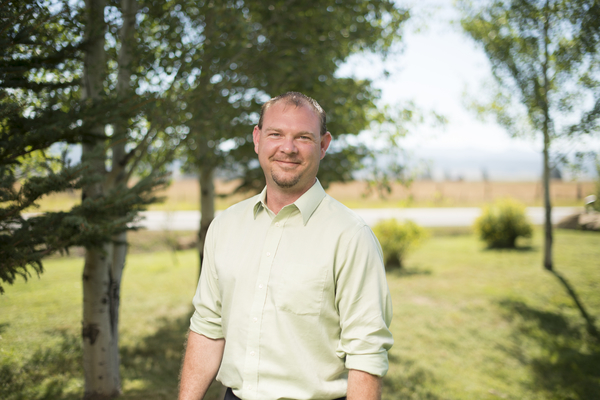Published on March 1, 2018
As the Stibnite Gold Project continues to move through the permitting process, we want to make sure we are fully ready to move forward with site restoration and mine redevelopment once our plan of restoration and operations is approved. An important part of this process is understanding the structure of the soil and underlying bedrock at the site so that our engineering team and, one day, our construction team, can design our future facilities with a full understanding of the conditions of the site in mind. Geotechnical drilling allows us to collect this critically important information in order to build the safest project possible.
Geotechnical drilling allows us to determine if the ground beneath the surface is appropriate for building on top of. Knowing that information before we start any construction, and early in the design process, allows us to place our facilities in the best spots and reinforce the foundations of buildings and facilities, if necessary. Having this information will allow us to build the best project possible.
Over the next few weeks, we will gather information from more than 50 different locations across the site. Winter may seem like an odd time to launch a drilling program, but it is actually one of the best times of year to do it because it eliminates our disturbance on the environment. Many of the places we need to evaluate are located within wetlands or riparian conservation areas. If we drill during the winter, when we have a sufficient snowpack, we are able to access these areas, collect valuable information, all the while minimizing our disturbance.
Each sample we collect is approximately 2 to 3 inches in diameter and anywhere from 30 to 100 feet deep. We not only evaluate the samples that we pull out of the ground, allowing determination of density, moisture content, grain size distribution, strength, permeability, and consolidation properties, but our team also takes careful measurements as they drill so we can look back and see soil and rock type, geologic unit thickness, groundwater depth and more.
Once we collect our samples, we fill in (technically, known as abandon) each drill hole with a special type of bentonite abandonment clay that seals up the sample site. This is the same type of clay that is used to seal drinking water wells when no longer used. Filling each of the sample sites is an important step because it helps to keep the water in the aquifer from mixing with water on the surface – sometimes these two water sources can have different chemical makeup, so we want to make sure they stay separate, in a natural state.
In order to make sure we can get all of our work done before the temperatures start to warm up, we will have around six more people working at site during the drilling program. This means the village of Yellow Pine may notice a few more faces around town but, for the most part, our team will be up at site collecting the data we need to build the best project possible.

